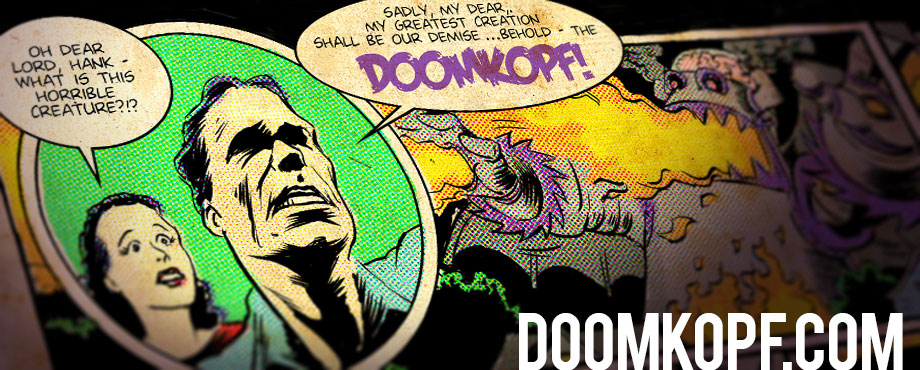The West needs midgets (“Loveless”)
Spaghetti Westerns and their American counterparts brought much to a genre that was nearing irrelevance by the mid-60s, when Sergio Leone released “A Fistfull of Dollars.” They dispensed with the silly white hat/black hat view of morality for a much more ambiguous, and bloody, take on the most romantically perceived segment of American history, instead favoring badasses with twin revolvers and a badassier gimmick. Sergio Corbucci’s “Django” has Franco Nero lugging a machine gun around in a coffin. “The Great Silence” features a mute bounty hunter who hunts bounty hunters. “The Wild Bunch” has Ernest Borgnine, and perhaps most notably, “High Plains Drifter” has rapist/Spectre-esque agent of vengeance Clint Eastwood force a town at gunpoint to make a midget both mayor and sheriff.
“Loveless” is Brian Azzarello and Marcello Frusin’s take on nihlistic, super-violent spaghetti westerns, and for a team that first did nihlistic, super-violent John Constatine in “Hellblazer,” that kinda makes sense.
Azzarello’s big time into genre, as anybody who’s ever read “100 Bullets,” especially “the Hard Way” or “The Counterfifth Detective” arcs on that book could tell you, and his love for the Revisionist Western in “Loveless” is clear. Wes Cutter is an ex-confederate soldier returning home from the Civil War (think John Wayne in “The Searchers” but with less hygeine and racism). Cutter’s land has annexed by corrupt Union soldiers, most likely sold out by his greedy, shady friends. Meanwhile, across town more corrupt Union soldiers seize more land that isn’t theirs.
Cutter’s situation may be awkward, but it isn’t supposed to be sympathetic. By taking away his land/pride/friends/etc. Azzarello doesn’t want us to feel for Cutter, he just wants us to know that Cutter doesn’t really have a place to call home, which hopefully means he’ll just end up shooting a lot of people in every issue.
Cutter does have some great gimmicks, though.Aside from having the requsite crack-shot pistol talents, a buzzard, nature’s vulture, follows Cutter around, knowing he’ll leave plenty of delicious lead-riddled corpses behind. And his wife dresses like a man.
“Loveless” captures the pacing and cinematography of the Leone Westerns with Frusin’s careful panel sequences. The opening shootout features pages of dialogue with more build-up to the brief violence than panels spent portraying the violence itself, smaller panels pulling in for tight detail close-ups of grizzled faces and hands reaching patiently for revolvers. It’s pretty much the closest comic equivalent to Leone-style showdowns in “Once Upon a Time in the West” or “the Good, the Bad and the Ugly,” where, literally, five minutes of extreme close-ups climax in about three seconds of shooting while a melodramatic yet unbelievable awesome Ennio Morricone score swells in the background. In fact, “Loveless” would probably be better if it came with a miniature device that played Morricone as you read it. Oh yeah, and Cutter says “Fucksticks.” When was the last time you heard John Wayne say that? (not counting the deleted scenes from “Cahill”).
But “Loveless” introduces so many characters in one issue that it’s partly disorienting. Townspeople, and especially a crusty old saloon patron seem only like props instead of multi-dimensional characters, but then with any luck they’ll get a little more multi-dimensional in future issues. Or shot. Either way, really.
Aside from creating tons of sweet movies, Revisionist Westerns also provided two additional stellar contributions to pop culture: more film roles for crazed German Klaus Kinski, and in-joke fodder for “Back to the Future III,” so clearly “Loveless” has big boots to fill.
